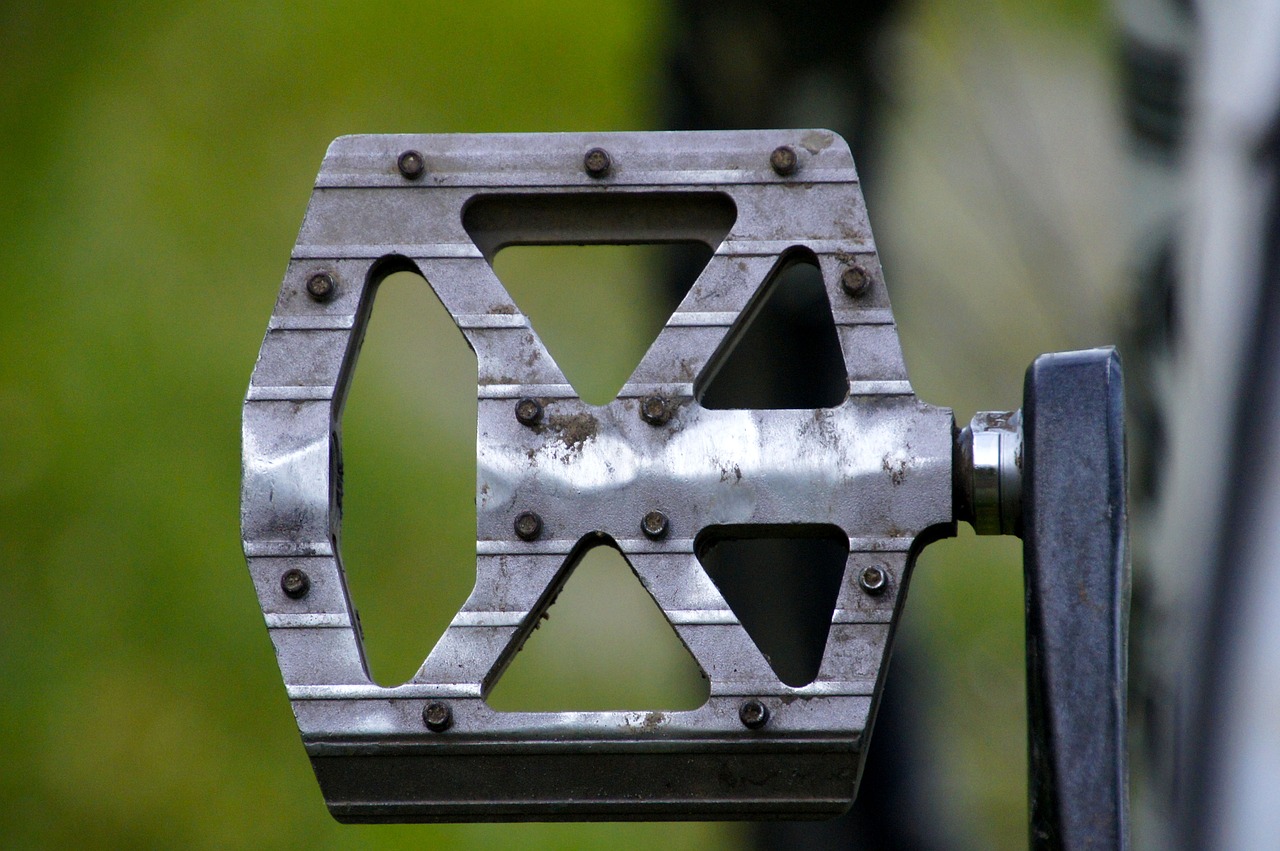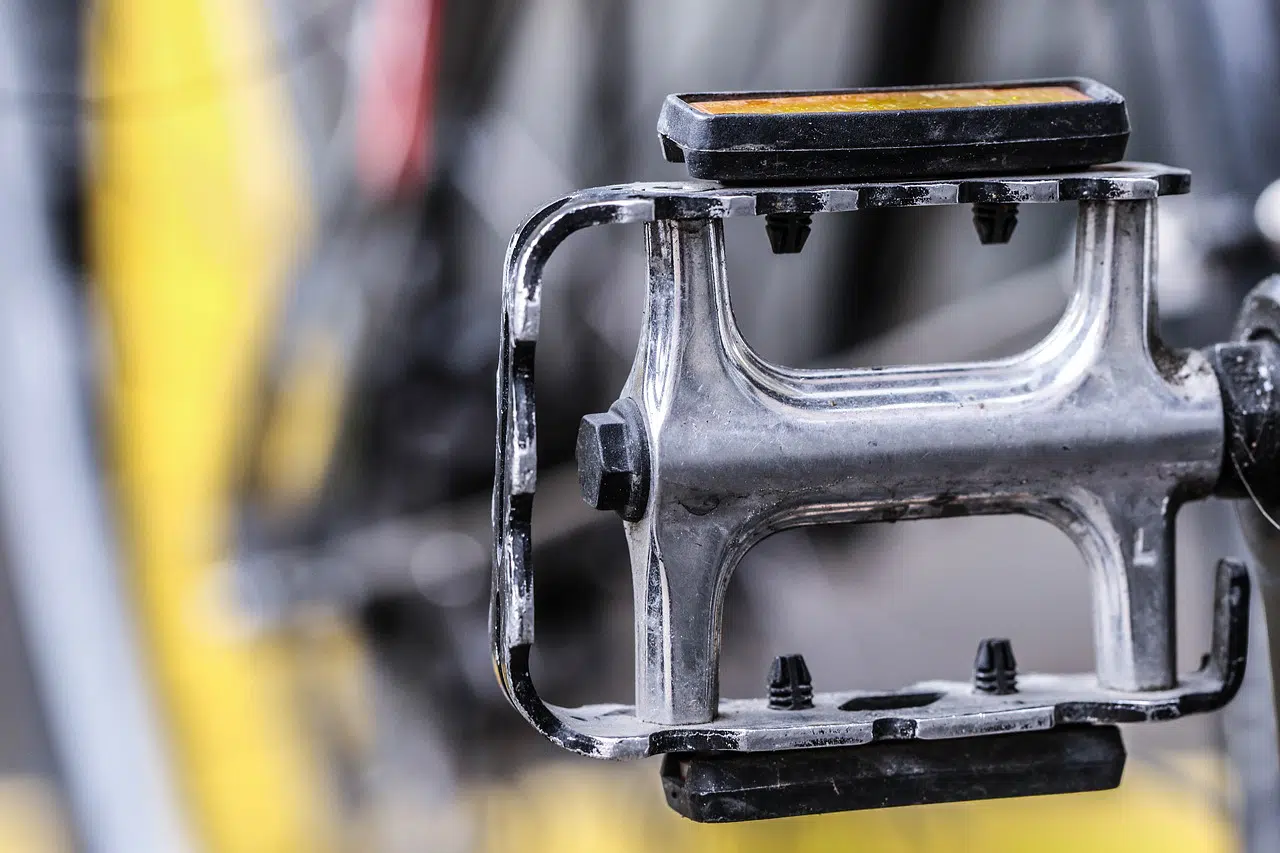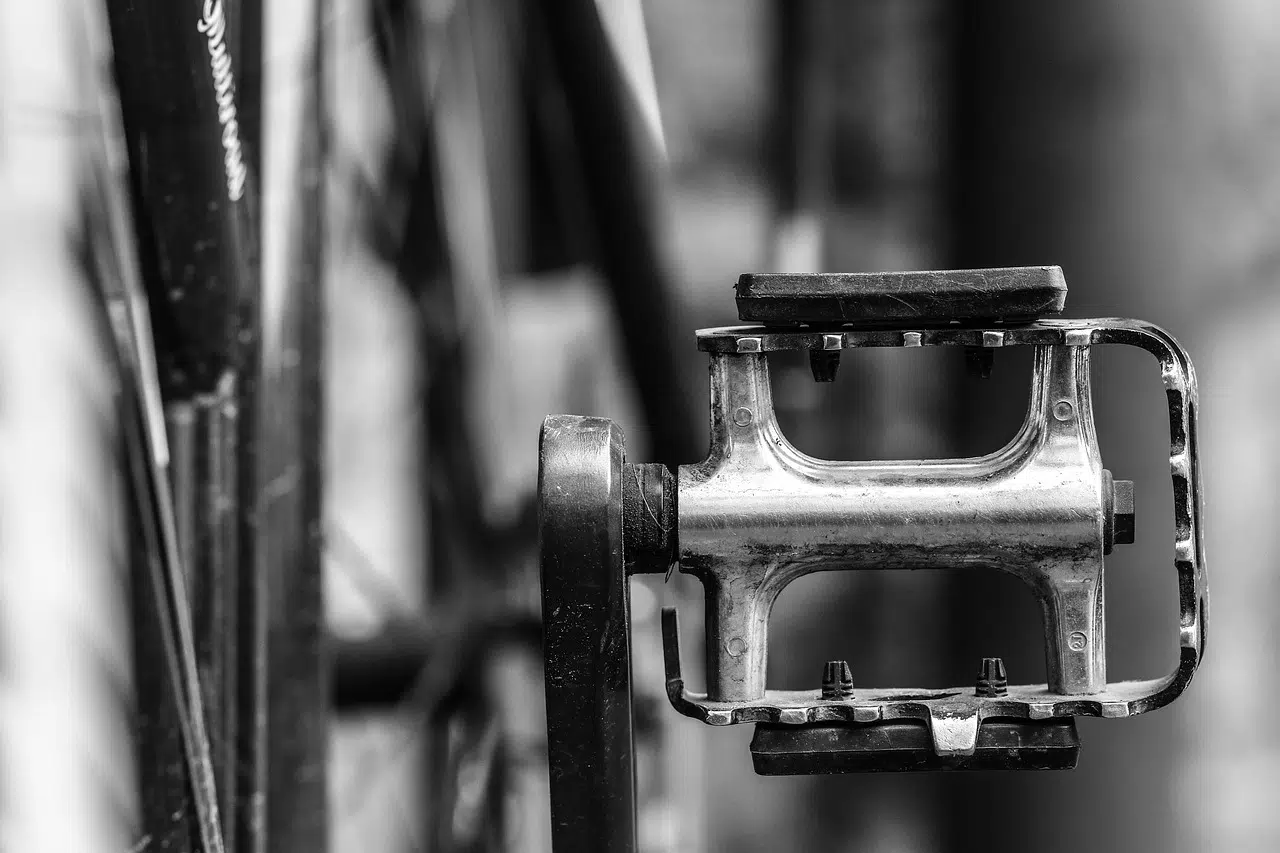3 Easy Methods On How To Remove Bike Pedals
Hi friends, welcome back to BTYCC. Today we will share with you three methods on how to remove bike pedals correctly.
Bike pedals are an essential part of cycling. They allow you to attach your feet to the pedals and propel yourself forward. Bike pedals are also a safety feature because if you fall off your bike, you want to get back on without worrying about breaking your legs.
Even that it's best to save any expensive mistakes and slip the bike into your local bike shop for them to look at, but if you want to do it by yourself, you can read through this article.
If you have ever tried to change a bike pedal, you probably know how frustrating it can be. It takes a lot of time and effort to change a bike pedal properly. In addition, there are a few different types of bike pedals, and each style has its unique way of being attached to the crank arm.
In this article, I will show you how to change a bike pedal in this article. I will explain the different types of bike pedals and how to identify them. I will then give you step-by-step instructions on how to remove and replace a bike pedal. So, let get started.
Getting Started

When packing a bike for shipment, it is necessary to remove pedals. Sometimes it is required to remove the pedals for a replacement. It is important to remember that pedal threads are not the same as the left and right sides.
There is a right-hand thread on the right pedal and a left-hand thread on the left pedal. There are pedals also with the words "L" and "R" stamped on them. The thread will appear to move in the direction of tightening. Left-hand threads move up to the left, while right-hand threads move down to the right.
Which Type Of Bicycle Pedals are you using?
There are three types of bike pedals: clip, clipless, and platform (flat). Clip pedals use two small metal clips to hold the shoe in place. Clipless pedals require no cleats; they clamp into place when you stand on the pedal. Finally, platform pedals do not touch the ground but rather rest above it. These pedals usually come with special shoes designed specifically for these kinds of pedals.
Clip Pedals
The most common kind of bike pedal is the clip pedal. It requires some cleat system to keep your foot securely fastened to the pedal. Today, many different brands of cleated pedals are available. Some popular ones include SPD, Shimano, Campagnolo, and Look.
Platform Pedals
The second most commonly used type of pedal is the flat pedal. Flat pedals don't touch anything except maybe the floor. Instead, they sit just slightly higher than the surface below them. Because of their design, flat pedals tend to work better for people who ride bikes primarily indoors. However, they aren't as secure as other styles of pedals, so riders must make sure to wear proper footwear while using them.
Clipless Pedals
Finally, we have the clipless pedal, which allows you to walk around freely on the pedal instead of tying your shoe to the pedal. Unlike the others, clipless pedals don't require any additional hardware, such as cleats.
How Do You Know Which Kinds Of Bicycles Are Available?

You might think that knowing what kind of pedal goes on your bike is easy since every brand makes both flat and clipless pedals. But, unfortunately, that isn't always true. For example, if you buy an expensive road bike, the chances are good that it comes equipped with a specific type of pedal called "clipless."
On the flip side, if you purchase a cheap mountain bike, you could end up getting something else entirely. So before buying a new bike, check online to see what kind of pedal goes on the frame.
How To Replace Your Bike Pedal
Now let's get down to business! If you want to learn how to replace a bicycle pedal, follow along closely because I'm about to show you exactly how to do it.
Method 1: Taking the Pedals off with a Hex Key/Allen Key
You will need to access the fitting from the inside of the crank arm if you use an Allen Key to get rid of your pedals. If you want to create leverage with the long arm, place the short arm of the Allen Key into the Hex fitting.
First, loosen the nut near the bolt's connecting to the crank arm by turning counterclockwise until slack between the nut and the bolt. Then insert the key into the hex hole on top of the pedal. Turn clockwise until the pedal loosens from its position on the crankarm. Once this has happened, pull out the key. Repeat these steps on the opposite side of the pedal.
You need to turn the Allen wrench counterclockwise if you're using it on a pedal spindle (also known as the "pedal axle").
It's much easier to remove stuck pedals if your pedals accept a pedal spanner like the two above. If you can't budge the pedals on your metal cranks, there is a last resort.
Method 2: Using Pliers & Screwdrivers
Another option would be to use pliers and screwdrivers to undo the screws holding the pedal onto the crankset. This may seem like more trouble, but it saves time compared to taking things apart manually.
First, grab some pliers and start working on removing the bottom half of the pedal. Use the tip of the plier to press against the top edge of the pedal where it meets the crankarm. Then slowly move the plier downward towards the center of the pedal. As soon as you feel resistance, stop moving the plier and give the pedal another try.
Once you've removed the bottom part of the pedal, continue using the pliers to work on the other side of the pedal. Again, begin at the top of the pedal and slowly lower them toward the middle. Be careful not to overdo it, though; otherwise, you risk damaging the threads inside the pedal body.
When done, reverse the procedure used to assemble the pedal and attach the new parts.
Remember, the right-side rotation is anti-clockwise, while the left-side rotates clockwise.
Method 3: Taking the Pedals off with a Pedal Wrench
The final option involves using a pedal wrench to unscrew the bolts holding the pedal onto its respective crankarms. While this sounds complicated, it isn't. Wrap the wrench's jaws around the wrench flat on the new pedal if using a pedal wrench.
Then you need to know in which direction the nut needs to rotate and how much pressure to apply while turning the bolt.
To figure out which direction the nuts need to spin, look at the markings on the pedal itself. They usually indicate whether the pedal was made for lefties or righties. The inside of the pedal spindle is where the Allen-key's sockets are located. If they aren't visible, check online to see if anyone has posted pictures showing what their specific model looks like.
Next, determine how tight the bolt needs to be tightened before pulling it free. Measure the distance between the end of the bolt head and the point where the threading begins. For example, if the bolt's length measures 1 inch, the tightening needed is 0.75 inches. Now, follow these simple instructions to get started:
- Turn the wheel clockwise.
- Apply light pressure to the bolt head. You want to avoid applying too much pressure because doing so could damage the threads within the bolt hole.
- Rotate the bolt counterclockwise until it comes completely loose. At this point, the pedal should come off quite easily.
Note: Some people recommend starting by loosening the bolt slightly and then gradually increasing the tension applied to the bolt. However, I found that following the steps outlined here worked best for me.
FAQS

Are you sure you fit the correct pedal?
Yes! It doesn't matter if your old pedal came from an older bicycle or one purchased elsewhere. All bikes have two different types of pedals. Yours will most likely say "cleats" somewhere on the underside of the pedal.
If yours says something else, such as "pedal," "flat pedal," or even "spokeless pedal," don't worry about it. Just make sure you buy the correct type of pedal for your particular bicycle.
How to tell right and left pedals apart?
There are several ways to identify the difference between a right pedal and a left pedal. One way is to turn the pedal upside down and compare the shape of the cleat. Another method is to use a pair of calipers to measure the width of each pedal. A third method is to take note of the position of the holes drilled into the pedal. Left pedals typically have three holes, whereas right pedals only have two.
Which way do bike pedals unscrew?
Pedals can either screw in or unscrew. Most bikes with freewheel mechanisms feature screws that go through both sides of the frame tube. These screws are used to hold the rear derailleur cage in place. Pedals that attach directly to the crankset also often include a set screw that goes through the bottom bracket shell. This allows them to connect securely to the crankset without relying on any other part of the frame.
Are bike pedals reverse thread?
Bike pedals are not always threaded correctly. Many manufacturers intentionally design their pedals backward. When this happens, there isn't enough friction to keep the pedal attached to the crankarm. Just loosen the bolts holding the pedal onto the crankarms and reattach using the proper torque to fix this problem.
Can you install new bike pedals yourself?
Absolutely! If you've ever changed out brake pads or replaced tires, you already know what it takes to change out a single component like a tire or chainring. Bike pedals aren't any more difficult than those parts. The hardest thing about installing new pedals may be finding replacement hardware.
What size wrench do I need to change bike pedals?
Typically, the size wrench needed depends on how much force you apply when tightening the nut. For example, if you pull the nuts too tight, they could strip threads. On the other hand, if you over-tighten the nuts, the nuts won't stay put. So, before you start changing out pedals, check the manufacturer's instructions to see which size wrenches work best.
Bonus
Conclusion
In conclusion, there are many ways to take your bicycle's pedals off without having to disassemble everything first. You can complete most methods in less than five minutes! So, don't let those pesky pedals hold you back from riding again. Just remember always to wear proper safety gear when cycling. And never forget about your helmet!
Comment your thoughts below and share your experience with us. We'd love to hear more stories about how you took apart your bike!
Read more:
